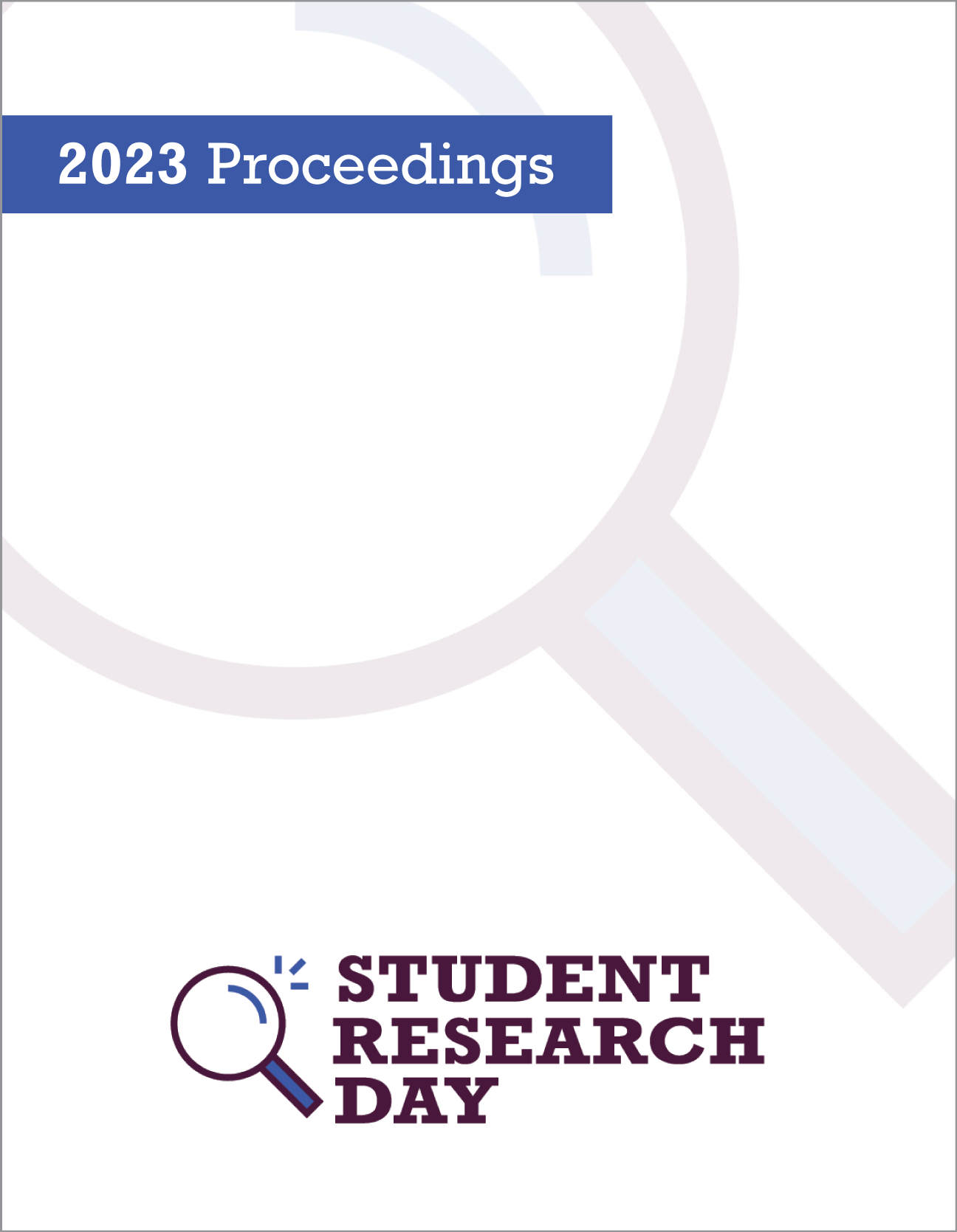Optimization of Agar-Overlay Bioautography in Screening Antimicrobial Phytochemicals
Abstract
As multidrug-resistant bacteria increase in prevalence, alternatives to traditional antibiotics are needed to mitigate health and economic burdens. Plants are a possible source of new compounds since they represent chemical libraries containing many effective antimicrobial phytochemicals. However, high cost and time burdens are associated with traditional bioassay-guided isolation of plant phytochemicals, delaying breakthroughs. Bioautography, a highly customizable technique that combines agar diffusion assays with thin-layer chromatography (TLC), significantly reduces shortcomings associated with traditional bioassay-guided isolation. This study investigated the application of bioautography in screening for antimicrobial phytochemicals using essential oil mixtures of Origanum vulgare and Eugenia caryophyllus as models of phytochemical extracts. Oil mixtures were spotted onto TLC plates, separated using ethyl acetate and hexane solvent systems, and overlayed with Mueller-Hinton (MH) agar inoculated with Escherichia coli. Following incubation, bacterial lawns were examined for zones of inhibition (ZOI), indicating the antimicrobial activity of phytochemicals separated from oil mixtures. TLC solvent systems, the volume of poured MH agar overlay, triphenyl tetrazolium chloride (TTC) application, and oil mixture concentrations were examined to optimize the production of discernible ZOI on agar plates. Conditions were identified that produced optimized ZOI with test samples, and will be validated for use with other plant-derived extracts. Overall, bioautography represents a promising alternative to traditional bioassay-guided isolation, but additional work must be done to optimize this technique for use with other plant-derived extracts and bacterial species.
Faculty Mentors: Dr. Kimberley Harcombe & Dr. Tina Bott
Published
Issue
Section
License
Authors retain any and all existing copyright to works contributed to these proceedings.



